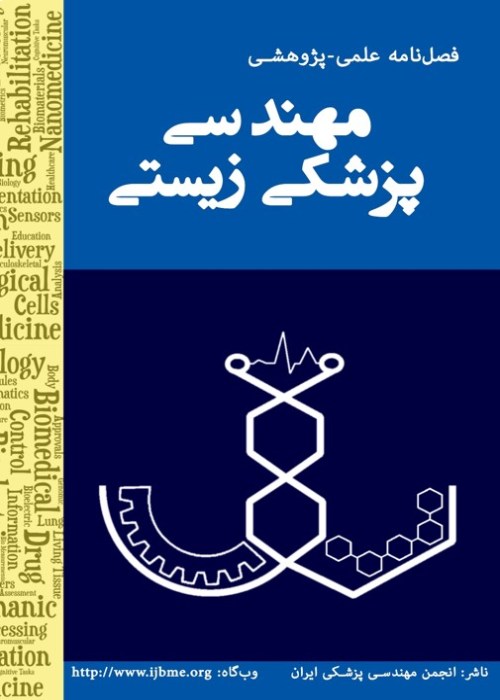Improving the performance of the sparse representation Based classification in BCI systems, by enhancing the process of feature extraction and using an optimized sparse solution finding algorithm
Author(s):
Abstract:
In recent years, Brain-Computer Interface (BCI) has been noted as a new means of communication between the human brain and his surroundings. In order to set up such a system, the collaboration of several blocks, such as data recording, signal processing and user interface are needed. The signal processing block, includes two units of preprocessing and pattern recognition. Pattern recognition block itself involves two phases: feature extraction and classification. In this paper, the sparse representation based classification (SRC) has been used in the classification block. There are two important issues in using the SRC. These are creating an appropriate dictionary matrix and adopting a proper method for finding the sparse solution for an input data. In this research study, the dictionary matrix is formed by extracting an optimal set of features from the training data. Toward this goal, the common spatial patterns algorithm (CSP) is first used. Sensitivity to noise and the over learning phenomena are the main drawbacks of the CSP algorithm. In order to remove these problems, the regularized common spatial patterns algorithm (RCSP) is employed. In previous studies in within the BCI framework, the standard BP algorithm has been used to find a sparse solution. The main disadvantage of the BP algorithm is that the method is computationally expensive. To overcome this weakness, a recently proposed algorithm namely the SL0 approach is used instead. Our experimental results show that when the number of training samples is limited, the RCSP algorithm outperforms the CSP one. Using the features derived from the RCSP, the average detection rate is in average increased by a factor of 7.53 %. Our classification results also show that using the SL0 algorithm, the classification process is highly speeded up as compared to the BP algorithm while an almost equivalent accuracy is achieved.
Keywords:
Language:
Persian
Published:
Iranian Journal of Biomedical Engineering, Volume:8 Issue: 4, 2015
Pages:
306 to 324
magiran.com/p1481938
دانلود و مطالعه متن این مقاله با یکی از روشهای زیر امکان پذیر است:
اشتراک شخصی
با عضویت و پرداخت آنلاین حق اشتراک یکساله به مبلغ 1,390,000ريال میتوانید 70 عنوان مطلب دانلود کنید!
اشتراک سازمانی
به کتابخانه دانشگاه یا محل کار خود پیشنهاد کنید تا اشتراک سازمانی این پایگاه را برای دسترسی نامحدود همه کاربران به متن مطالب تهیه نمایند!
توجه!
- حق عضویت دریافتی صرف حمایت از نشریات عضو و نگهداری، تکمیل و توسعه مگیران میشود.
- پرداخت حق اشتراک و دانلود مقالات اجازه بازنشر آن در سایر رسانههای چاپی و دیجیتال را به کاربر نمیدهد.
In order to view content subscription is required
Personal subscription
Subscribe magiran.com for 70 € euros via PayPal and download 70 articles during a year.
Organization subscription
Please contact us to subscribe your university or library for unlimited access!


